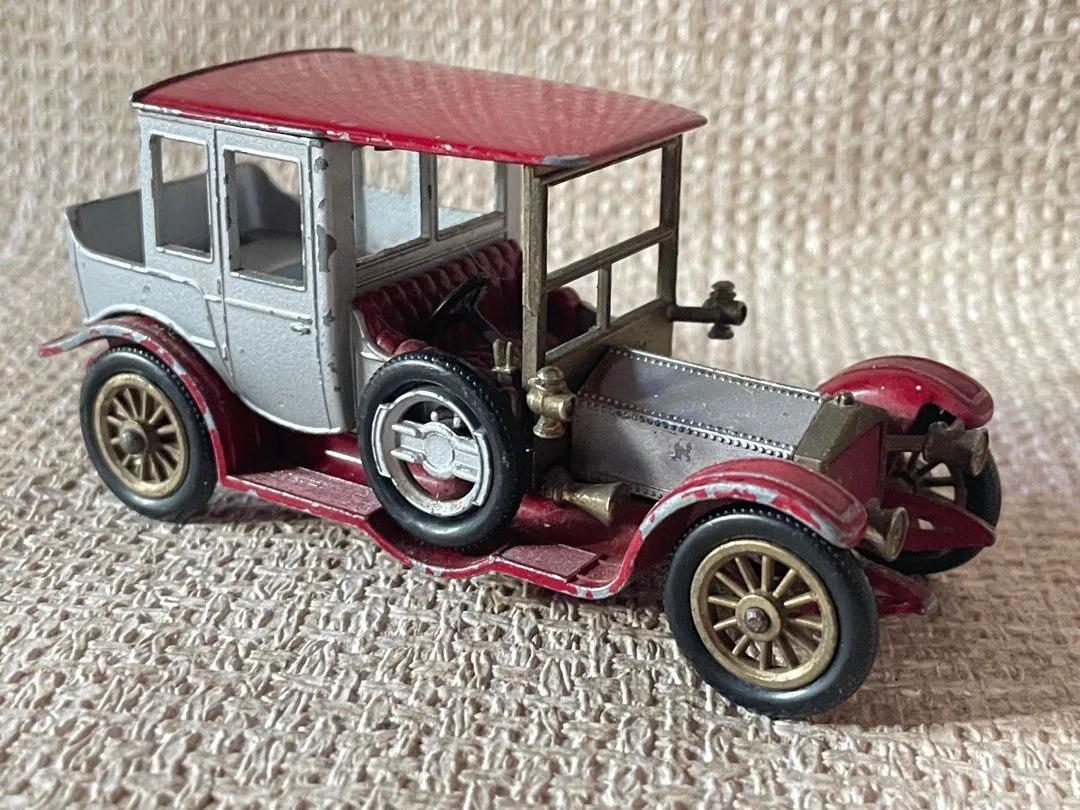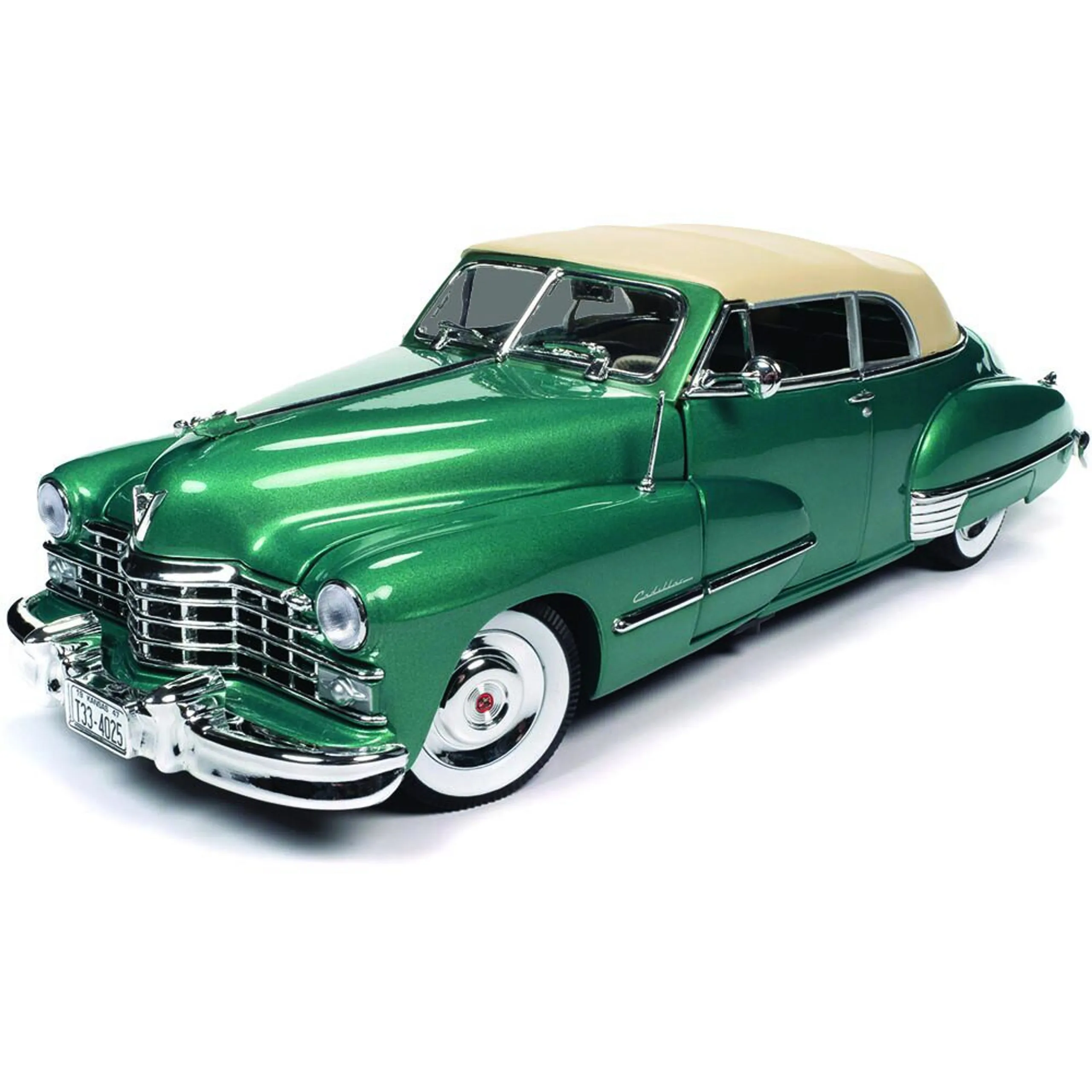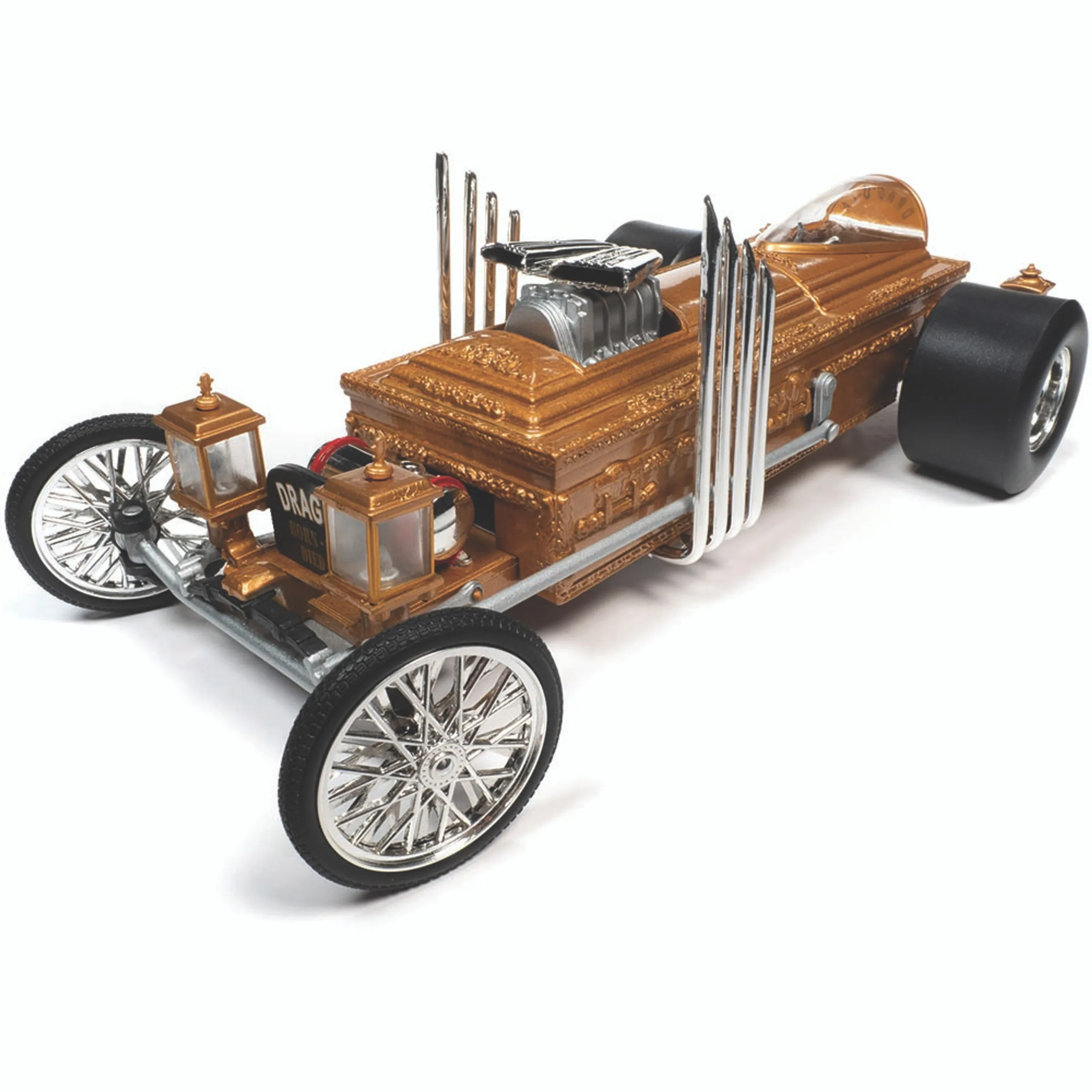What are Collectible Diecast Cars?
Collectible diecast cars are miniature replicas of real-life automobiles, meticulously crafted from diecast metal, typically zinc alloy. These models have captivated enthusiasts for generations, offering a tangible connection to automotive history, design, and innovation. The appeal of collecting diecast cars extends beyond mere aesthetics; it encompasses a deep appreciation for detail, historical significance, and the thrill of the hunt for rare and valuable pieces. These miniature vehicles come in various scales, from the popular 1:18 scale, known for its impressive size and detail, to smaller scales like 1:64, which are often more affordable and easier to display in large quantities. The collecting of diecast cars is a multifaceted hobby, combining elements of history, art, investment, and personal enjoyment.
Factors Influencing Value
The value of collectible diecast cars is determined by a complex interplay of factors, making the market dynamic and fascinating. Understanding these factors is crucial for both seasoned collectors and those new to the hobby. The key elements that influence a diecast car’s worth include the scale and detail level of the model, the rarity of the specific edition, the manufacturer and brand reputation, the condition of the car and its packaging, and the current market demand and trends. Each of these factors contributes to the overall desirability and ultimately, the price a collector is willing to pay. A thorough assessment of these elements is necessary to gauge the true value of a diecast car and make informed decisions when buying, selling, or expanding a collection.
Scale and Detail Level

The scale of a diecast car significantly impacts its value, with larger scales often commanding higher prices due to their intricate detail and visual impact. Popular scales like 1:18 and 1:12 offer a wealth of detail, including opening doors, hoods, and trunks, detailed interiors, and realistic engine compartments. This level of detail allows for a more immersive collecting experience and appeals to enthusiasts who appreciate the craftsmanship and precision of the models. The detail level within each scale also plays a role; models with features like accurate paint finishes, realistic tires, and finely crafted dashboards are generally more valuable. Furthermore, limited edition models with enhanced detail, such as working lights or suspension, can be particularly sought after by collectors, increasing their value in the market.
Rarity and Limited Editions
Rarity is a powerful driver of value in the collectible diecast car market. Limited edition models, produced in a specific quantity or for a particular event, are often highly prized by collectors. The fewer the number of models produced, the greater the demand, and consequently, the higher the value. Collectors actively seek out these rare models, as they represent a unique investment opportunity and a chance to own a piece of automotive history. Special editions, such as those commemorating a specific race, anniversary, or collaboration with a renowned automotive brand, are also highly sought after. The presence of original packaging, certificates of authenticity, and any supporting documentation further enhances the rarity and value of these special edition collectible diecast cars.
Manufacturer and Brand Reputation
The manufacturer and brand reputation of a diecast car play a crucial role in determining its value. Certain brands are synonymous with quality, detail, and historical accuracy, making their models highly desirable among collectors. Renowned manufacturers like Hot Wheels, Matchbox, Autoart, and Minichamps have established reputations for producing exceptional models that accurately represent the original vehicles. These brands often command higher prices and are actively sought after by collectors. The reputation for meticulous craftsmanship, attention to detail, and use of high-quality materials contributes to the overall value of the diecast car. Furthermore, collaborations between diecast manufacturers and prestigious automotive brands, such as Ferrari, Lamborghini, or Porsche, can significantly boost the desirability and value of the resulting models.
Condition and Preservation

The condition of a diecast car is a primary determinant of its value. Models in mint condition, with no visible flaws, scratches, or damage, are the most highly prized. Collectors meticulously assess the condition of each model, examining the paint finish, the integrity of the details, and the functionality of moving parts. Original packaging, including the box, inserts, and any accompanying documentation, is also a key factor in determining value. Models that have been well-preserved in their original packaging are considered more valuable than those that have been displayed or handled. The preservation of a diecast car reflects the care and attention given to it by its previous owners and provides insight into its history, enhancing its overall desirability and value.
Market Demand and Trends
Market demand and trends significantly impact the value of collectible diecast cars, as with any collectible market. The popularity of certain vehicles, brands, or eras can drive prices up, while changing tastes and preferences can affect demand. The collector’s market is dynamic, so staying informed about current trends is essential for both buyers and sellers. Factors such as the release of new movie franchises featuring specific cars, the resurgence of interest in classic vehicles, or the emergence of new collectors can influence market demand. Monitoring online auctions, attending collector shows, and engaging with online communities provide valuable insights into current trends and the relative values of different models. This knowledge is essential to making informed decisions and maximizing the value of a diecast car collection.
Where to Find Collectible Diecast Cars
Finding collectible diecast cars involves exploring various avenues, each offering a unique opportunity to discover hidden gems and expand your collection. Online marketplaces such as eBay, specialized online stores, and dedicated forums are great places to start, offering a vast selection of models from different manufacturers and eras. These platforms allow collectors to compare prices, view detailed product descriptions, and often, bid on rare or vintage models. Attending local toy shows, collector events, and swap meets provides an opportunity to interact with other enthusiasts, discover rare finds, and often negotiate favorable prices. Furthermore, visiting brick-and-mortar hobby shops and antique stores can uncover unique models and offer a personalized shopping experience. Engaging with the diecast car community, whether online or in person, is essential for staying informed about new releases, market trends, and valuable collecting opportunities. Each avenue offers a unique opportunity to find the perfect diecast car to add to your collection, so it’s a good idea to explore several of them to make sure you don’t miss out.
In conclusion, the world of collectible diecast cars is a captivating blend of history, craftsmanship, and investment. Understanding the factors that influence value, from scale and detail to market demand and brand reputation, is key to successfully navigating this fascinating hobby. Whether you’re a seasoned collector or a newcomer, embracing these elements and exploring the diverse avenues for acquiring these miniature marvels will allow you to build a truly valuable and rewarding collection.
